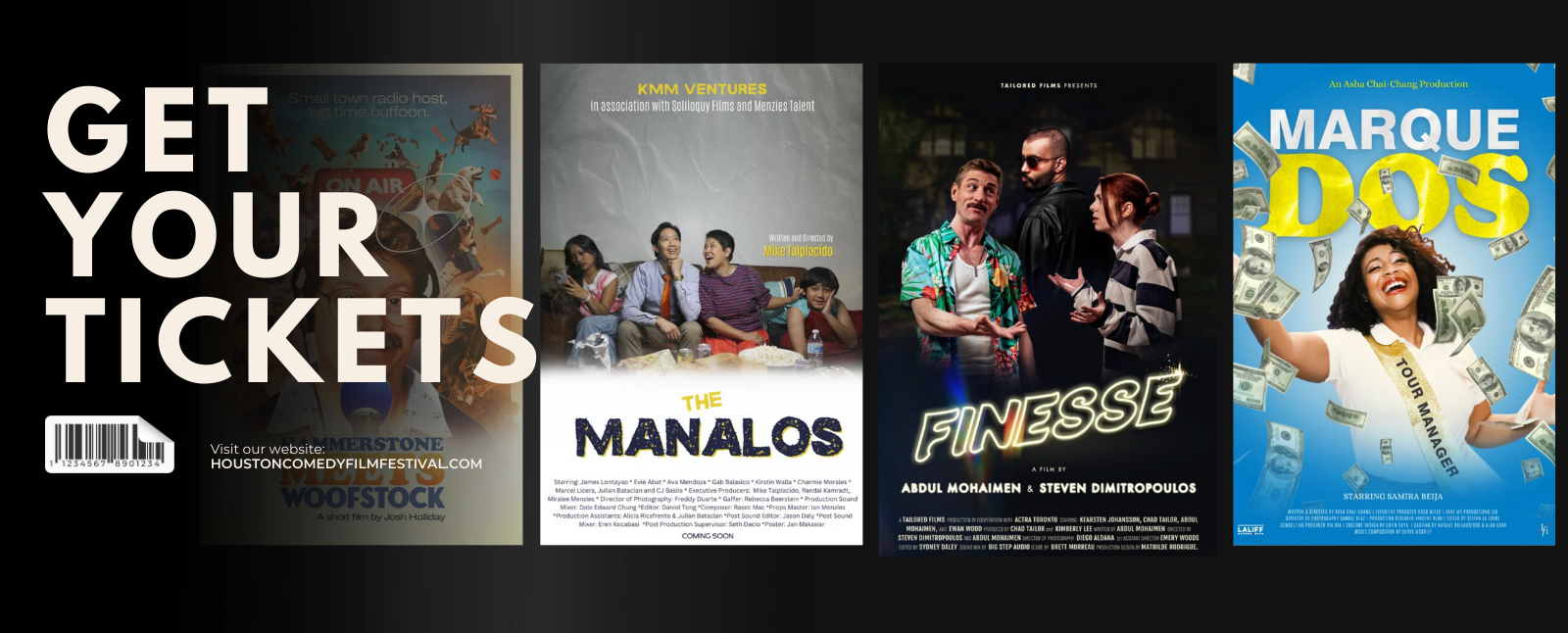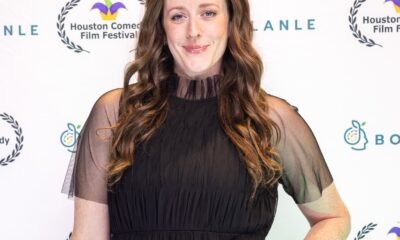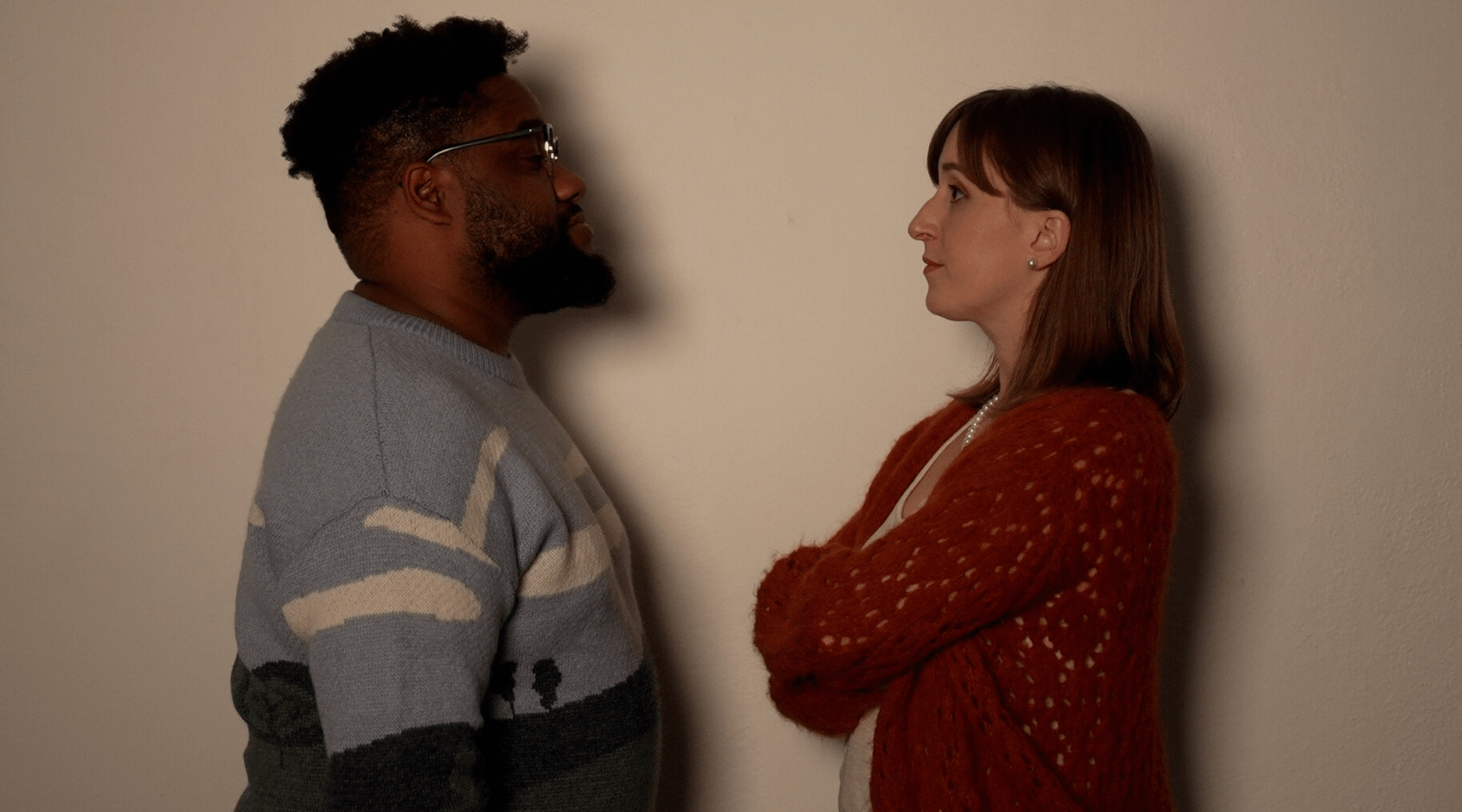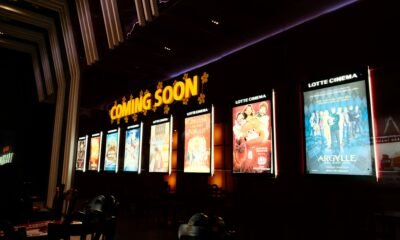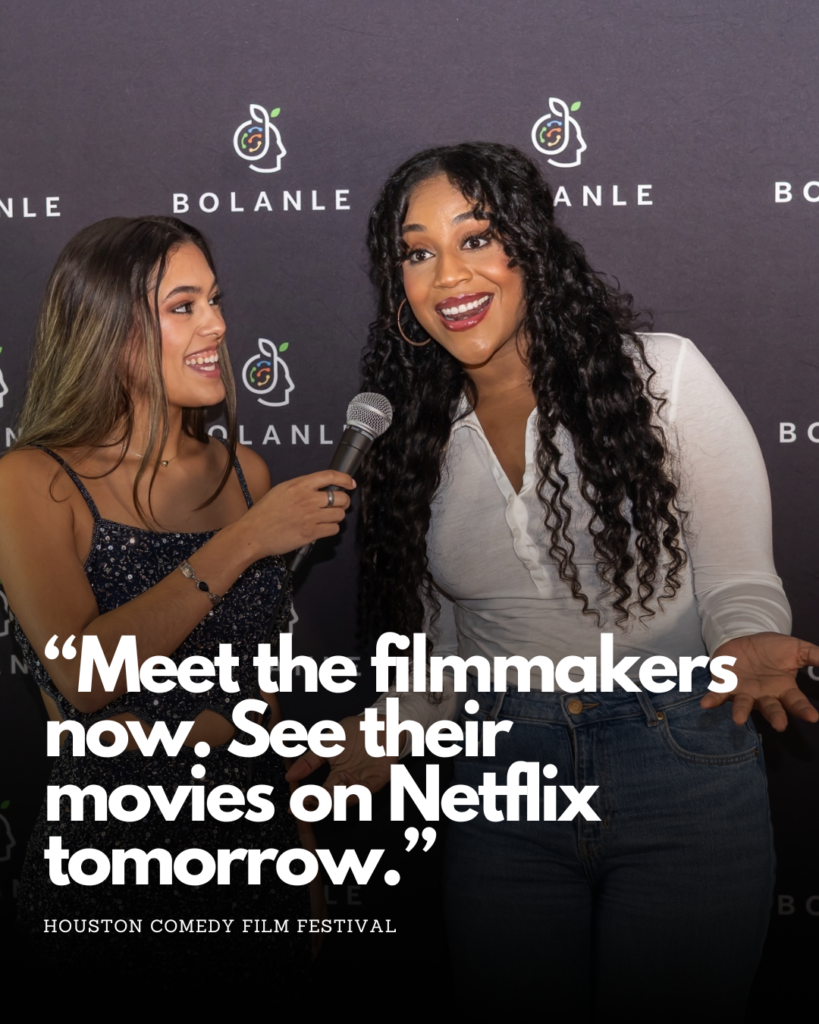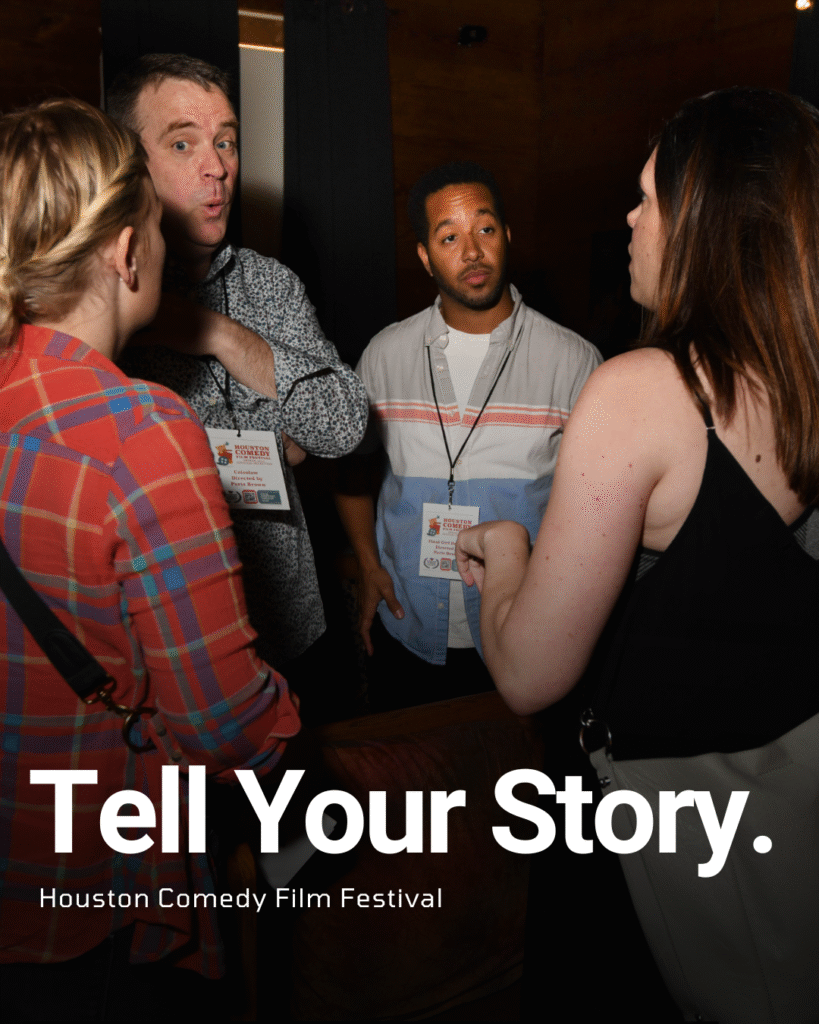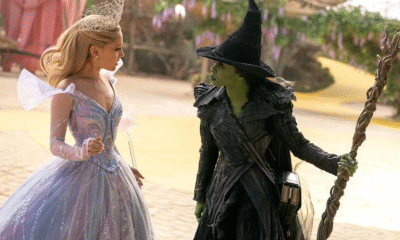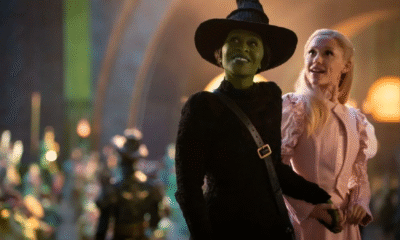Film Industry
Filming Yourself and Look Cinematic
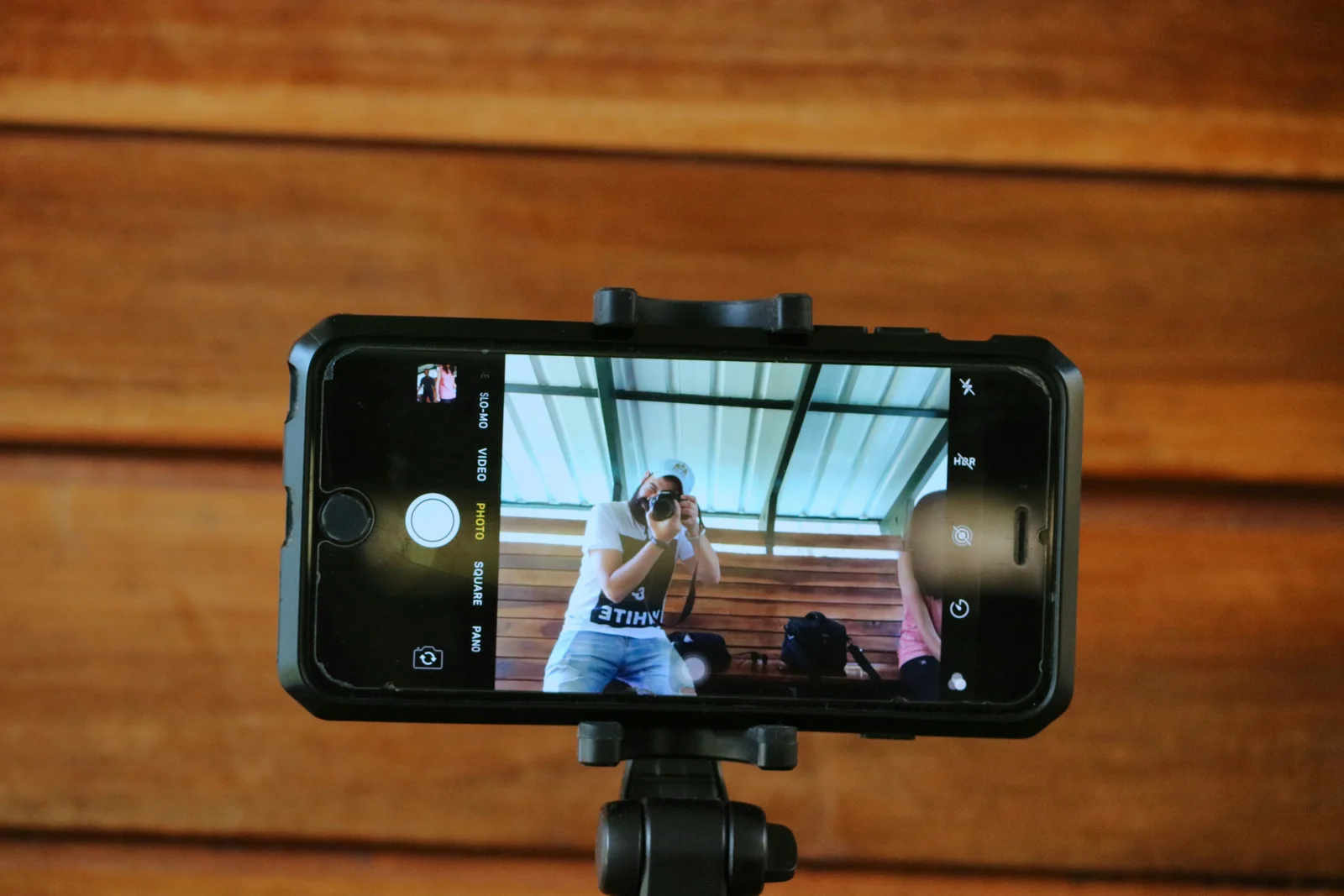
By Bolanle Media Staff
In a world where self-made content is dominating every screen—from social media reels to short films—learning to film yourself isn’t just a handy skill; it’s a game-changer. Whether you’re a solo filmmaker, lifestyle vlogger, or creative entrepreneur, being able to shoot your own content gives you freedom, control, and most importantly—consistency.
As one creator put it:
“I didn’t want to bother anybody—and I didn’t want to rely on anybody.”
This quote captures the heart of the journey: filming solo isn’t always about choice; it’s about necessity.
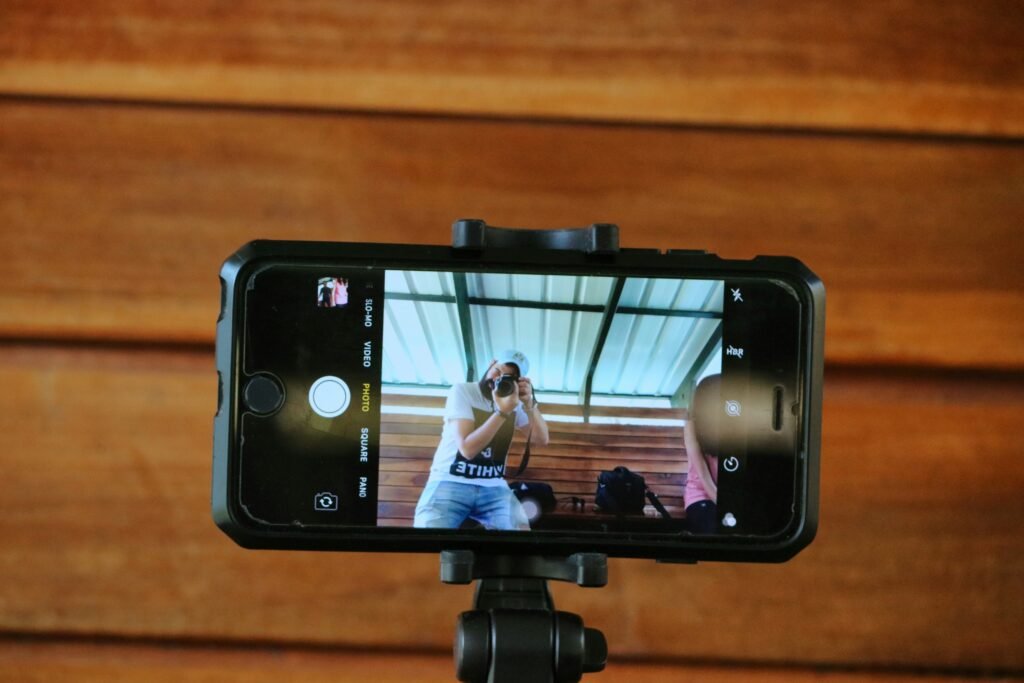
Why Solo Filming Is a Superpower
Creating alone allows you to move at your own pace. You don’t have to wait for someone to help. You don’t have to explain your vision. You just start. And once you develop a reliable solo setup, your content becomes more frequent, more creative, and most importantly—more you.
The key? Start with simple tools and focus on foundational techniques that elevate quality.
Essential Gear Checklist
- Camera: You don’t need the latest model. Many creators used beat-up, older DSLRs for years before upgrading. The point is: just start.
- Lens: A versatile lens like a 24-70mm is ideal for capturing both wide and close-up shots.
- Tripod: An adjustable tripod that allows top-down shots is a great investment.
- Mic: Whether it’s a lav mic or a compact Sony ECM, good audio is non-negotiable.
- External Monitor: Helpful when your camera lacks a flip screen.
- Motorized Slider (Optional): For dynamic movement in solo shots—if your budget allows.
Light Is Everything
One of the most transformative tools in your arsenal isn’t gear—it’s light.
Most creators underestimate how much cinematic quality comes from lighting alone. Natural light is a free asset. Learn how to position your camera near a window, experiment with angles, and manipulate shadows. You’ll be amazed how a simple repositioning can turn a flat shot into a professional-looking frame.
Pro tip:
“Just by changing the placement of our tripod, we can go from this… to this. It’s already a world of difference.”
Coverage: The Secret to Engaging Visuals
Cinematic videos aren’t made from a single angle. Coverage means gathering multiple shot types:
- Wide shots for context
- Mediums for action
- Close-ups for emotion
- Cutaways for detail
Yes, it takes longer when you’re alone—but the payoff is immersive storytelling. Don’t forget to shoot establishing shots to ground your viewers in the world you’re creating. If drone shots are out of reach, stock footage platforms like Storyblocks can fill the gap.

Storytelling Through Visual Intent
Every camera movement, every edit, should have a reason. Ask yourself:
- Why am I moving the camera?
- What emotion am I trying to convey?
- What should the viewer be focusing on?
These visual decisions are silent cues that help your audience understand how to feel.
Embrace the Process
Filming yourself won’t always be smooth. You’ll sweat, make mistakes, re-shoot, and wear the same outfit three days in a row. But with time, those moments turn into muscle memory. And eventually, like many creators have found, there’s peace in the process.
“There’s something almost meditative about it. I put on some music, I set up my lights, I set up my frame, and I get to it.”
Final Thought
To every creator ready to press record: you already have the most important tool—your voice. The rest is just refining the process.
Film Industry
Disney Brings Beloved Characters to ChatGPT After $1 Billion OpenAI Deal

Disney is deepening its push into artificial intelligence with a $1 billion investment in OpenAI, the company behind ChatGPT, in a far-reaching deal that will also license Disney’s iconic characters for use within OpenAI’s new conversational AI platform, Sora.

The agreement positions Disney at the forefront of the entertainment industry’s growing intersection with generative AI, blending the company’s extensive character library with OpenAI’s advanced technology. Under the terms of the partnership, OpenAI will deploy select Disney intellectual property — spanning its animation classics, Pixar, Marvel, and Lucasfilm — across AI-driven storytelling and interactive experiences within ChatGPT Sora.
Sources familiar with the rollout say users will be able to engage directly with Disney characters through immersive dialogues powered by Sora, with potential extensions into digital parks, virtual assistants, and cross-platform storytelling initiatives.
A limited launch is expected to debut in 2026 as Disney explores new ways to integrate AI into consumer experiences.
“This collaboration continues Disney’s legacy of innovation, combining our storytelling heritage with cutting-edge technology to reach audiences in remarkable new ways,” said Disney CEO Bob Iger in a statement.
For OpenAI, Disney’s backing represents both a financial boost and a creative endorsement from one of the world’s most influential content companies. The partnership could accelerate mainstream adoption of AI entertainment tools while positioning ChatGPT Sora as a leader in branded and interactive media spaces.

The investment also signals an industry-wide shift as studios seek to capture value in AI-driven content creation, distribution, and personalization. With Disney’s move, legacy media joins a growing list of entertainment heavyweights aligning with AI firms to future-proof storytelling — marking what could be a pivotal step in Hollywood’s technological reinvention.
Film Industry
Netflix Got Outbid: Paramount Drops a $108 Billion Cash Bomb on Warner Bros.

Paramount has stunned Hollywood with a hostile, all‑cash offer to buy Warner Bros. Discovery outright for about 108.4 billion dollars, topping Netflix’s already splashy takeover agreement. The proposal, disclosed in SEC filings and a tender‑offer announcement, would pay 30 dollars per share in cash, roughly a 139% premium to where Warner Bros. Discovery traded before sale talks heated up and several dollars per share higher than Netflix’s mixed cash‑and‑stock offer.
How Paramount’s Bid Beats Netflix’s
Netflix’s deal focuses on acquiring the core Warner assets—Warner Bros. studio, HBO and the Max streaming service—for a valuation in the low‑80‑billion‑dollar range, compensated partly in Netflix stock. Paramount Skydance, by contrast, is offering all cash for the entire company, valuing Warner Bros. Discovery—including its cable brands like CNN and Discovery—at about 108–109 billion dollars. CEO David Ellison is pitching the bid as “superior” because it gives shareholders a higher headline price, avoids stock‑price risk and comes with committed financing lines from banks and investment partners.

The Regulatory Chess Match
Both deals would face intense antitrust scrutiny, but the risk profiles differ. A Netflix–Warner tie‑up would marry the world’s largest subscription streamer with one of its biggest rivals, a combination analysts say could draw especially tough questions from U.S. and EU regulators about market dominance in streaming. Paramount is arguing that merging two diversified legacy media groups—Paramount Global and Warner Bros. Discovery—creates a stronger competitor to Netflix, Disney and Amazon rather than a streaming near‑monopoly, and therefore should be easier to clear.
What a Paramount–Warner Giant Would Look Like
If Paramount wins, it would control a vast portfolio: Warner Bros. and Paramount Pictures, HBO and Max alongside Paramount+, DC and Harry Potter next to Mission: Impossible and Top Gun, plus global news and lifestyle networks from CNN to Discovery. In pitch materials, Paramount has pledged to keep a robust theatrical pipeline of 30+ films per year from the combined studios while using the enlarged library and sports rights to turbo‑charge streaming growth.
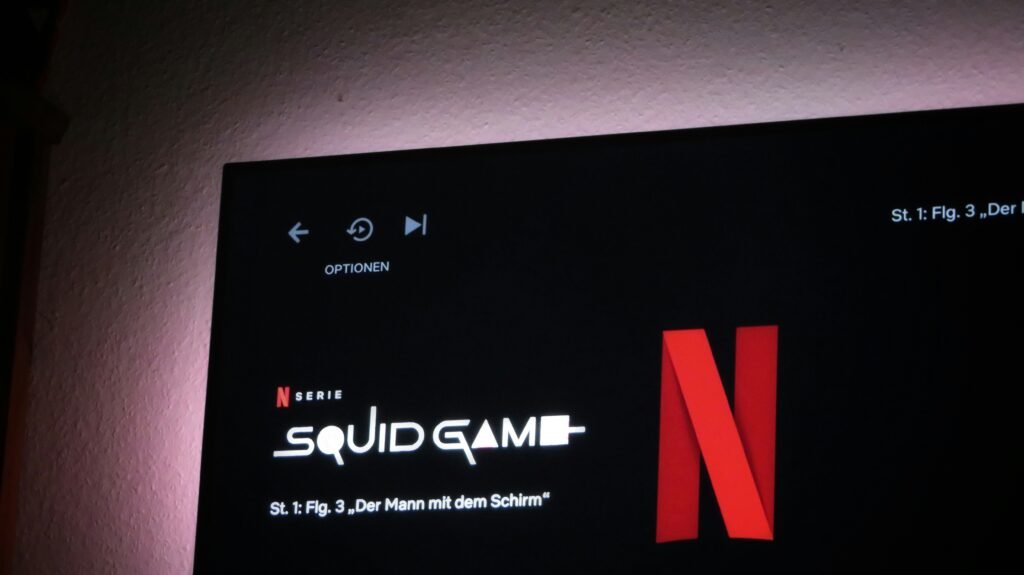
What Happens Next
Warner Bros. Discovery’s board, which has already endorsed Netflix’s agreement, must now evaluate whether Paramount’s richer all‑cash offer is worth triggering a sizeable breakup fee and resetting the regulatory process. Shareholders will ultimately decide between a higher but potentially more complex studio‑merger path and a slightly lower, tech‑powered streaming combo with Netflix. Whatever the outcome, Paramount’s 108‑billion‑dollar cash swing has turned an already historic sale into one of the most dramatic bidding wars Hollywood has ever seen.
Entertainment
This ‘Too Small’ Christmas Movie Turned an $18M Gamble Into a Half‑Billion Classic

Studios almost left this Christmas staple on the cutting‑room floor. Executives initially saw it as a “small” seasonal comedy with limited box‑office upside, and internal budget fights kept the project hovering in limbo around an $18 million price tag.
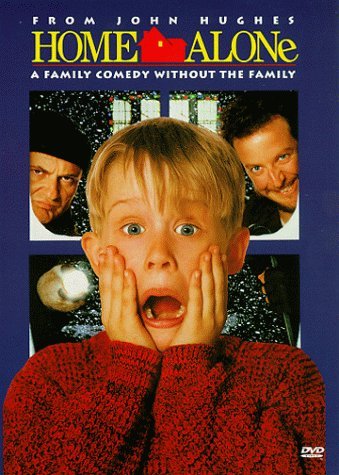
The fear was simple: why spend real money on a kid‑driven holiday film that would vanish from theaters by January?
That cautious logic aged terribly. Once released, the movie exploded past expectations, pulling in roughly $475–$500 million worldwide and camping at the top of the box office for weeks.
That’s a return of more than 25 times its production budget, putting it among the most profitable holiday releases in modern studio history.
What some decision‑makers viewed as disposable seasonal content quietly became a financial engine that still prints money through re‑runs, streaming, and merchandising every December.
The story behind the numbers is part of why fans feel so attached to it. This was not a four‑quadrant superhero bet with guaranteed franchise upside; it was a character‑driven family comedy built on specific jokes, one child star, and a very particular vision of Christmas chaos. The fact that it nearly got shelved—and then turned into a half‑billion global phenomenon—makes every rewatch feel like a win against studio risk‑aversion.
When you press play each year, you are not just revisiting nostalgia; you are revisiting the rare moment when a “small” movie out‑performed the system that almost killed it.

 Entertainment4 weeks ago
Entertainment4 weeks agoWicked Sequel Disappoints Fans: Audience Verdict on For Good

 Entertainment4 weeks ago
Entertainment4 weeks agoAriana & Cynthia Say They’re in a ‘Non‑Demi Curious, Semi‑Binary’ Relationship… WTF Does That Even Mean?

 News4 weeks ago
News4 weeks agoMexico Bans Dophin Shows Nationwide

 Entertainment3 weeks ago
Entertainment3 weeks agoColombia’s ‘Doll’ Arrest: Police Say a 23-Year-Old Orchestrated Hits, Including Her Ex’s Murder

 Entertainment4 weeks ago
Entertainment4 weeks agoHow The Grinch Became The Richest Christmas Movie Ever

 Entertainment3 weeks ago
Entertainment3 weeks agoMiley Cyrus Is Engaged to Maxx Morando

 News4 weeks ago
News4 weeks agoUS May Completely Cut Income Tax Due to Tariff Revenue

 Business3 weeks ago
Business3 weeks agoLuana Lopes Lara: How a 29‑Year‑Old Became the Youngest Self‑Made Woman Billionaire

